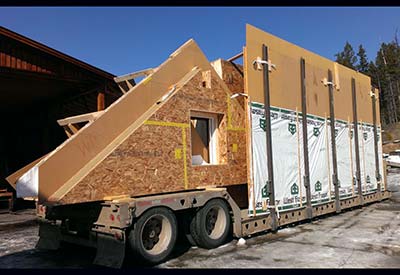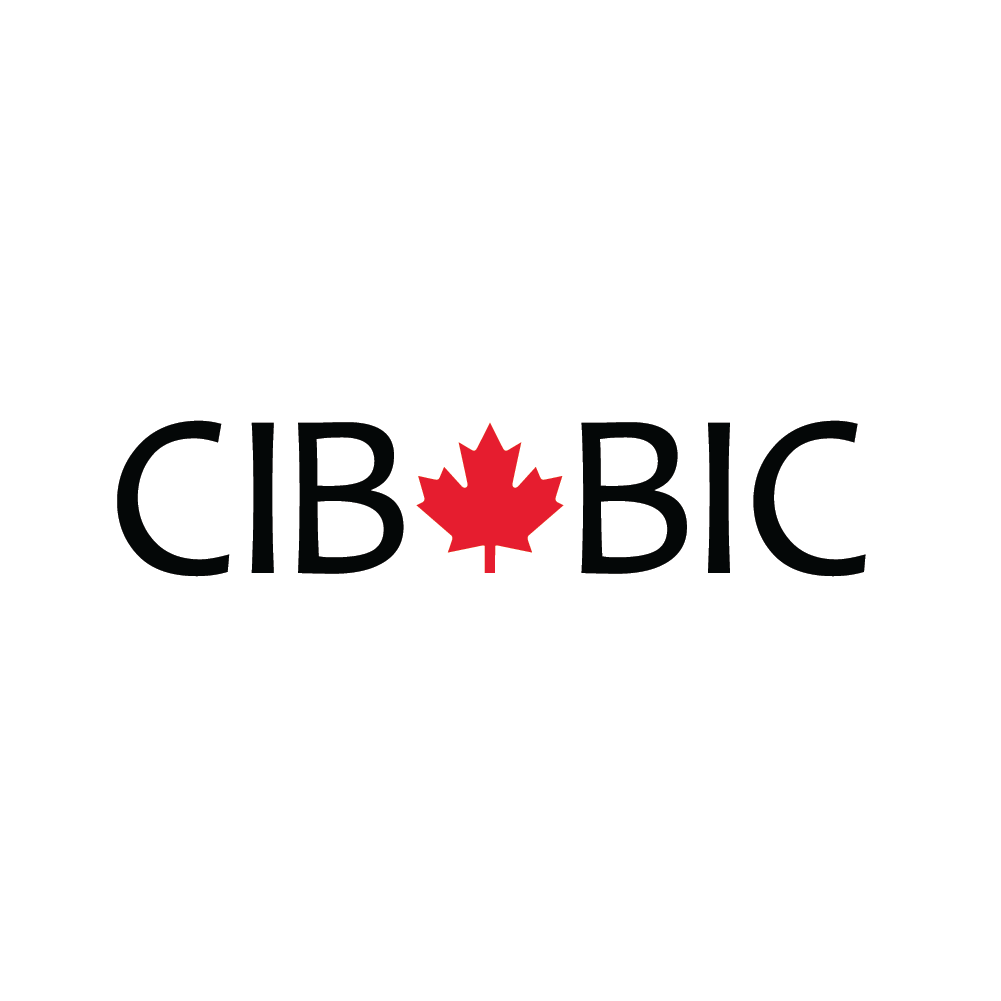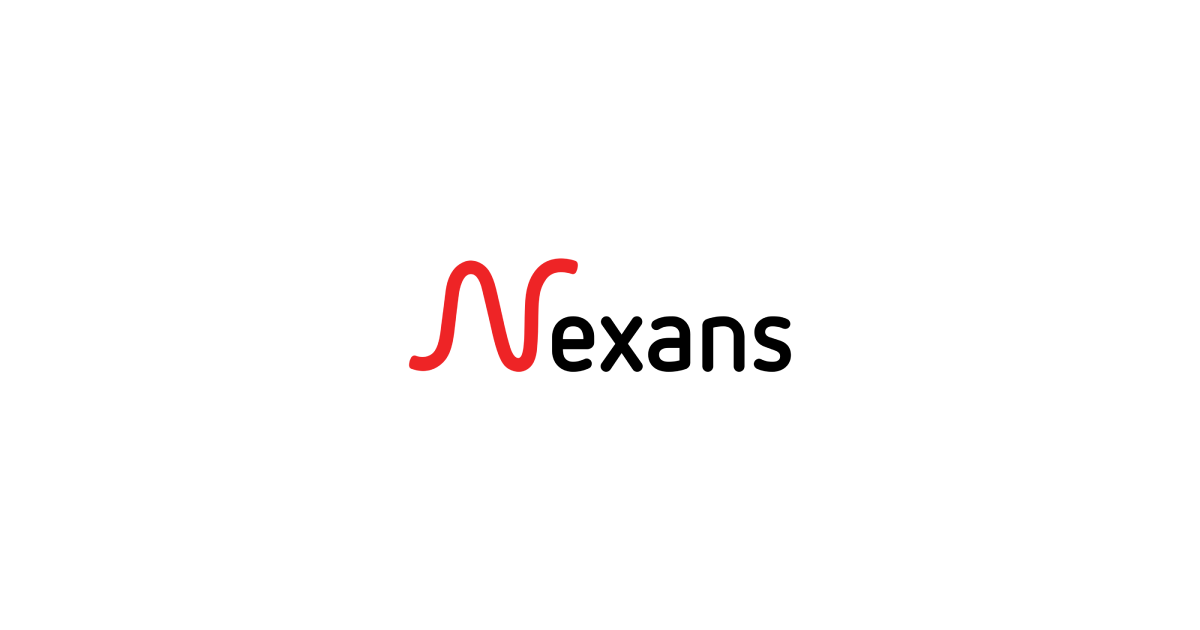Devenir riche avec l’économie verte

Les revenus provenant des produits et services de la construction éconergétique devraient atteindre plus de 4,3 milliards $ de 2015 à 2023.
Le parc immobilier d’aujourd’hui représente une quantité substantielle de la consommation mondiale d’énergie, une pression accrue sur les gouvernements et les sociétés pour réduire leur empreinte carbone et les dépenses liées à l’énergie. En conséquence, l’efficacité énergétique est devenue une stratégie à base élargie afin de résoudre ces deux défis. Selon un récent rapport de Navigant, le chiffre d’affaires cumulé des produits et services liés à la construction éconergétique devrait s’élever à plus de 4,3 milliards $ de 2015 à 2023.
« Les mesures d’efficacité énergétique sont de plus en plus courantes», dit Noah Goldstein, directeur de recherche chez Navigant. «Les gouvernements mettent en place des politiques visant à promouvoir l’efficacité énergétique grâce à des incitations, des mesures normatives, et les codes du bâtiment, et la certification de bâtiment écologique sont passés de pratiques de pointe à un concept grand public dans les marchés de l’immobilier commercial, si bien qu’il devient de facto la norme dans certaines villes ».
Lire plus….
Today’s building stock accounts for a substantial amount of global energy use, putting increased pressure on governments and corporations to reduce their carbon footprints and energy-related spending. As a result, energy efficiency has become a broad-based strategy to solve both of these challenges. According to a recent report from Navigant Research, cumulative revenue from energy efficient building products and services is expected to total more than $4.3 billion from 2015 to 2023.
“Energy efficiency measures are becoming increasingly mainstream,” says Noah Goldstein, research director with Navigant Research. “Governments are introducing policies to promote energy efficiency through incentives, prescriptive measures, and building codes, and green building certification has shifted from a leading-edge practice to a mainstream concept in commercial real estate markets—so much so that it’s becoming the de facto standard in some cities.”
Currently, building envelope technologies, including building materials, represent the largest energy efficient building market segment, the report says. In the coming years mechanical and electrical systems, such as HVAC, lighting and controls, are expected to gain increasing market share. The energy efficient building ecosystem is maturing and expanding in all sectors, the report finds, incorporating utilities, new demand-management players, and facility managers who are interacting and partnering in new ways.
The report, Energy Efficient Buildings: Global Outlook, analyzes the global market for commercial building energy efficient products and services. The study summarizes the market drivers and barriers for energy efficient products and services, including the services provided by energy service companies through energy performance contracting, across the policy and technology landscape in seven regions. Global market forecasts for revenue, broken out by product and service, building type, construction type, and region, extend through 2023. The report also examines the key technologies related to energy efficient building products and services, as well as the competitive landscape.
Key questions addressed in the report include:
• What are the key market forces influencing the adoption of energy efficient building solutions?
• Which barriers are preventing the energy efficient building market from ramping up more dramatically?
• What are the major energy consumption trends for commercial buildings?
• How quickly is energy efficient building technology revenue expected to grow through 2023 for each of the technologies considered?
• Which regions are experiencing the strongest market growth for energy efficient building products and services?
Find out more: https://www.navigantresearch.com/research/energy-efficient-buildings-global-outlook.












